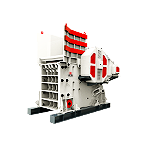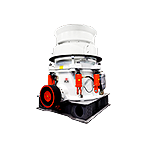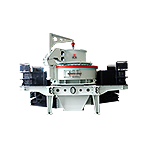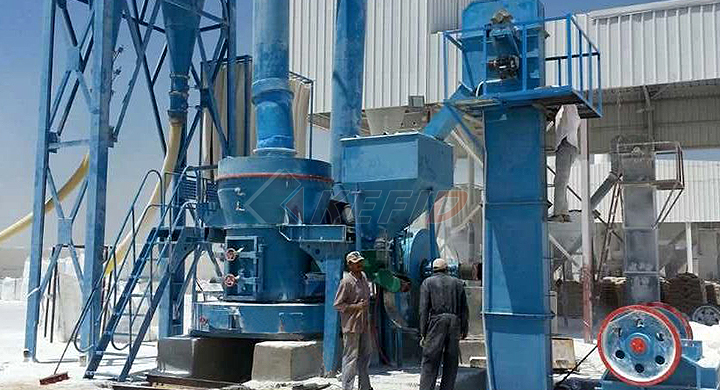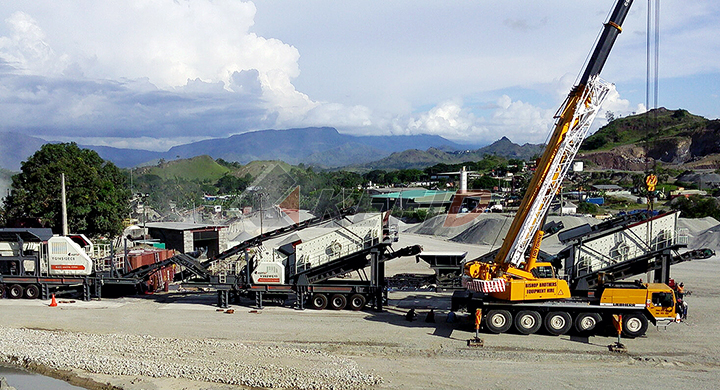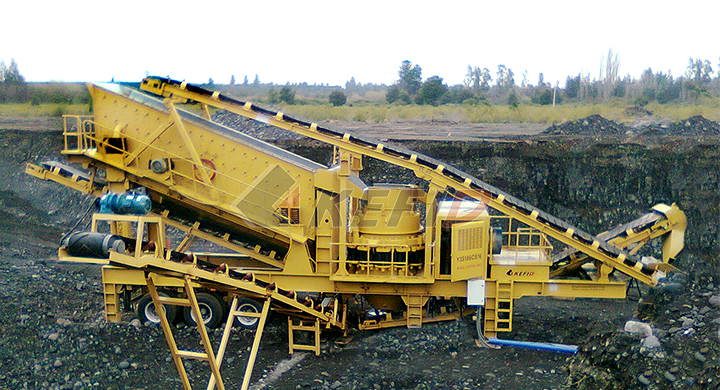магазин
what is calcium carbonate and limestone
KEFID,Дробильно-сортировочное оборудование Китая высокого качества, стандартное дробильное оборудование. На протяжении более 30 лет мы занимаемся исследованиями и разработками и производством дробильного оборудования, дробления зданий, промышленных дробилок и экологически чистых строительных материалов, и предлагаем профессиональные решения и дополнительные продукты для создания ценность для клиентов.
Онлайн сообщение
what is calcium carbonate and limestone

Difference Between Limestone and Chalk | Compare the
Aug 15, 2018· The key difference between limestone and chalk is that the limestone contains both minerals, calcite, and aragonite whereas chalk is a form of limestone which contains calcite Limestone is a type of sedimentary rockIt mainly contains different crystal forms of calcium carbonate Therefore this mineral is highly alkaline Chalk is a form of limestoneLimestone is a common sedimentary rock composed primarily of the calcium carbonate mineral, calcite (CaCO) Limestone constitutes approximately 10 percent of the sedimentary rocks exposed on theWhat is Ground Calcium Carbonate (GCC) or Limestone

What is Calcium Carbonate? Industrial Minerals
Calcium carbonate, or CaCO3, comprises more than 4% of the earth’s crust and is found throughout the world Its most common natural forms are chalk, limestone, and marble, produced by the sedimentation of the shells of small fossilized snails, shellfish, and coral over millions of yearsJul 08, 2018· What is Calcium Carbonate? Calcium carbonate is a carbonate of calcium that has the chemical formula CaCO 3 This compound naturally occurs as limestone, chalk, calcite, etc Therefore, it is a common substance in rocks Ex: calcite or aragonite (Limestone contains both these forms)Difference Between Calcium Carbonate and Calcium

Limestone, pH and calcium Progressive Forage
The effective calcium carbonate equivalent (ECCE) is a measure of the limestone’s effectiveness and is based on the combined effect of chemical purity (CCE), fineness of grind and moisture content Table 1 shows limestone effectiveness based on being ground and sieved through differentsized mesh screensLimestone is a carbonate sedimentary rock that is often composed of the skeletal fragments of marine organisms such as coral, foraminifera, and molluscsIts major materials are the minerals calcite and aragonite, which are different crystal forms of calcium carbonate (CaCO 3)A closely related rock is dolomite, which contains a high percentage of the mineral dolomite, CaMg(CO 3) 2Limestone Wikipedia

What is Ground Calcium Carbonate (GCC) or Limestone
Limestone is a common sedimentary rock composed primarily of the calcium carbonate mineral, calcite (CaCO) Limestone constitutes approximately 10 percent of the sedimentary rocks exposed on theThe limestone cycle Calcium carbonate Calcium carbonate, calcium oxide and calcium hydroxide are all made from limestone and have important applicationsThe limestone cycle Limestone [GCSE Chemistry only

What is lime | What is Calcium Carbonate | Types of lime
Jun 02, 2020· Limestone is a sedimentary rock made of calcium carbonate Sedimentary rock is a type of rock that forms from the accumulation of small pieces of sediments compacting together Limestone is mostly made up of shells, corals, and sand forming togetherThe difference between calcite and limestone is that calcite is a very widely distributed crystalline form of calcium carbonate, caco3, found as limestone, chalk and marble while limestone is an abundant rock of marine and freshwater sediments; primarily composed ofWhat is the difference between calcite and limestone

What is the difference between calcite and calcium carbonate?
The main difference between limestone and marble is that limestone is a sedimentary rock, typically composed of calcium carbonate fossils, and marble is a metamorphic rockLimestone forms when shells, sand, and mud are deposited at the bottom of oceans and lakes and over time solidify into rockCalcium carbonate, or CaCO3, comprises more than 4% of the earth’s crust and is found throughout the world Its most common natural forms are chalk, limestone, and marble, produced by the sedimentation of the shells of small fossilized snails, shellfish, and coral over millions of yearsWhat is Calcium Carbonate? Industrial Minerals

What is the difference between lime and limestone?
Limestone is calcium carbonate mined from the ground and crushed for various end uses When high calcium limestone is burned or calcined in a lime kiln, quicklime (calcium oxide) is produced Quicklime can then be reacted with water to produce hydrated lime (calcium hydroxide)Precipitated calcium carbonate (CAS: 471341) is produced industrially by the decomposition of limestone to calcium oxide followed by subsequent recarbonization or as a byproduct of the Solvay process (which is used to make sodium carbonate) Precipitated calcium carbonate is purer than ground calcium carbonate and has different (andCalcium carbonate | CaCO3 PubChem

Calcitic Lime vs Dolomite Lime: Which Should You Use?
Nov 16, 2015· A thorough application of pulverized limestone tilled into the soil raises the pH to a neutral level, increasing crop yields and improving overall soil health The main “ingredient” in calcitic lime is calcium carbonate, which is why many people ask if calcium carbonate is the same a limestone It counteracts the acidification of field soillimestone is made up of calcium carbonate, whereas, dolomitic limestone is a mixture of calcium and magnesium carbonate Dolomitic limestone reacts somewhat more slowly with acid soils than does calcitic lime However, as shown in figure 2, at the fineness to which agricultural limestone isChoosing Between Liming Materials (A3671)

Calcium Carbonate | Imerys
limestone, which is harder, whiter and purer than chalk; marble, which is the hardest and purest form of calcium carbonate Precipitated Calcium Carbonate (PCC) created by man in a matter of hours Calcium carbonate can also be produced synthetically in the form of Precipitated Calcium CarbonateCalcium carbonate, the chief component of limestone, is a widely used amendment to neutralize soil acidity and to supply calcium (Ca) for plant nutrition The term “lime” can refer to several products, but for agricultural use it generally refers to ground limestoneCalcium Carbonate (Limestone) | Mosaic Crop Nutrition

Calcium Carbonate an overview | ScienceDirect Topics
Calcium carbonate (CaCO 3) is a substance widely used for various purposes, for example, as a filler and pigment material not only in paper, plastics, rubbers, paints, and inks but also in pharmaceutics, cosmetics, construction materials, and asphalts and as a nutritional supplement in animal foods (1)Besides the socalled ground calcium carbonate (GCC), which is milled from natural limestoneCalcite is a mineral with a distinct crystallographic structure Calcium carbonate refers only to chemical composition, CaCO3, and says nothing about structure There are multiple minerals with the composition CaCO3 but each with different structuWhat is the difference between calcite, calcium carbonate

What is lime | What is Calcium Carbonate | Types of lime
Jun 02, 2020· Limestone is a sedimentary rock made of calcium carbonate Sedimentary rock is a type of rock that forms from the accumulation of small pieces of sediments compacting together Limestone is mostly made up of shells, corals, and sand forming togetherCalcium carbonate, the chief component of limestone, is a widely used amendment to neutralize soil acidity and to supply calcium (Ca) for plant nutrition The term “lime” can refer to several products, but for agricultural use it generally refers to ground limestoneCalcium Carbonate (Limestone) | Mosaic Crop Nutrition

About Calcium carbonate Tom's of Maine
The calcium carbonate in our toothpaste is quarried from limestone in the North East United States and purified to meet the requirements of the product in which it is used What does it do? Calcium carbonate is a mild abrasive which helps to safely remove plaqueNatural Calcium Carbonate,Coated Ground Calcium Carbonate,Natural Ground Calcium Carbonate,Limestone Granular Poultry Feeding Livestock,Agriculture Powder Quicklime Sun Vn No 31, BT4,Linh Dam Peninsula, Hoang Liet Ward, Hoang Mai Dist, Hanoi City, Vietnam, HanoiCalcium Carbonate company list , PAGE2

Ground Calcium Carbonate / Limestone | Mineral
Limestone, which is primarily calcium carbonate, is a sedimentary rock made from the minerals calcite or aragonite A large portion of limestone is made from theLimestone is a sedimentary rock composed mainly of calcium carbonate (CaCO3) However, it can also contain magnesium carbonate, clay, iron carbonate, feldspar, pyrite and quartz in minor quantities, according to the Encyclopaedia BritannicaMost types of limestone have a granular textureLimestone Chemical Components | Sciencing

Calcium Carbonate an overview | ScienceDirect Topics
Calcium carbonate (CaCO 3) is a substance widely used for various purposes, for example, as a filler and pigment material not only in paper, plastics, rubbers, paints, and inks but also in pharmaceutics, cosmetics, construction materials, and asphalts and as a nutritional supplement in animal foods (1)Besides the socalled ground calcium carbonate (GCC), which is milled from natural limestoneLimestone is a general name for a vide variety of sedimentary rocks which are composed primarily of calcium carbonate Calcium carbonate comes from many sources, most of which have a biological origin Things like bones and teeth and shells are generally made of this amazing stuff, and when the critter dies, the calcium carbonate is returned toChalk vs limestone

The composition of limestone | What is limestone
The chemical and physical composition of limestone Calcite is a form of calcium carbonate with the chemical formula CaCO 3In other words, calcite is composed of a basic structure of one atom of calcium, one atom of carbon and three atoms of oxygenLimestone is a sedimentary rock that is composed of calcium carbonate minerals (such as calcite) and skeletal remains The skeletal remains are typically from ocean dwellers like coral and mollusks Hence, the large amount of limestone in FloridaHow does granite and limestone differ? Quora

Calcium carbonate Essential Chemical Industry
Calcium carbonate (limestone) is heated to form calcium oxide (quicklime) and carbon dioxide: It is an endothermic reaction and the equilibrium lies far to the left at low temperatures Only at about 1200 K does the partial pressure of carbon dioxide exceed atmospheric pressure and the decomposition proceeds to completionlimestone, which is harder, whiter and purer than chalk; marble, which is the hardest and purest form of calcium carbonate Precipitated Calcium Carbonate (PCC) created by man in a matter of hours Calcium carbonate can also be produced synthetically in the form of Precipitated Calcium CarbonateCalcium Carbonate | Imerys

What is the difference between Lime and Ground Calcium
a Lime is produced by heating limestone in a kiln to change the mineral into calcium oxide, and calcium carbonate (aka: pulverized limestone or fine grind) is produced by pulverizing highgrade calcium minerals, in Pete Lien & Sons' case limestone, into aSep 13, 2017· Precipitated Calcium Carbonate (PCC) is the synthetically formed version of CaCO3 While Ground Calcium Carbonate exists naturally, it lacksSo you want to know about Precipitated Calcium Carbonate?
